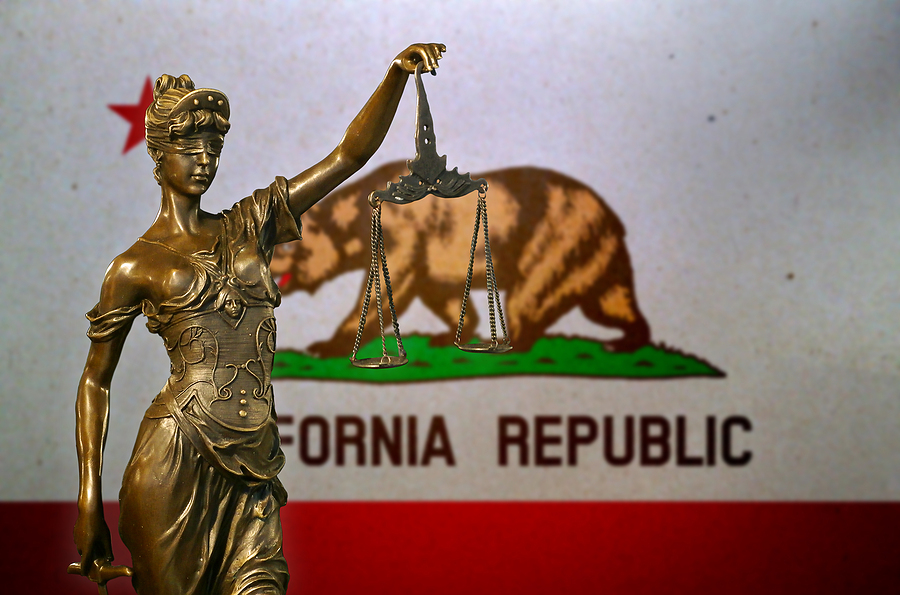When a loved one dies unexpectedly due to someone else’s carelessness, neglect, or a vengeful act, a wrongful death lawsuit is one way to cover the expenses and emotional suffering.
The largest wrongful death award in the U.S. (as of 2024) will never lead to financial gain for the victim’s family, but it does set a legal precedent on culpability. The parents of Tyler Thomas were awarded $2.64 billion for her murder. He’s in prison and will never pay, but it does establish the value of her life.
In California, more than $150 million was awarded to Kylie Asam after a jury found a truck driver negligent for parking on the side of a freeway with his lights off. Her parents didn’t see the truck and hit it, leading to a crash and vehicle fire where Kylie and her brother watched their parents and older brother burn to death.
Gain a better understanding of wrongful death lawsuits in California. You’ll learn how to file a claim, what you need to prove, and what court decisions have helped shape California’s wrongful death laws.
How Does California Define Wrongful Death?
California law defines a wrongful death as one where a decedent (victim) dies due to the misconduct of another. It might be based on intentional crimes, medical malpractice, or negligence.
Who Can File a Wrongful Death Lawsuit?
To determine who is able to file a wrongful death lawsuit, California Code of Civil Procedure Section 377 is followed. You can file a wrongful death lawsuit if you’re:
- The surviving spouse or domestic partner
- A surviving child or surviving children
- Grandchildren if the decedent’s child died first
If there is no one in that group still alive or in existence, it moves to the people who would have been in line to inherit, such as parents, siblings, aunts/uncles, and grandparents. It could also be someone financially dependent on the decedent, such as stepchildren, or a person who believed they were legally married to the decedent, but that marriage was invalid.
What Are the Main Components of a Wrongful Death Lawsuit?
For a wrongful death lawsuit to take place, there first must be the death of the person (decedent). That death must be due to a wrongful act or neglect and that act caused the death. The person or people responsible for the death (the person/group you’re suing) is the defendant.
The untimely death must have resulted in damages such as emotional suffering and financial losses. For example, in the earlier case of Kylie Asam, the untimely deaths caused severe psychological distress. Plus, she had burns and physical trauma from the result of the crash and needed medical care. Then, her surviving brother couldn’t handle the psychological trauma and committed suicide, leaving her with additional emotional trauma.
Damages can include the loss of income that the decedent would have earned in his or her expected lifetime in order to support a spouse or children. It can be the medical bills and funeral expenses. It can be the emotional scars that the death left behind.
Landmark Cases That Helped Shape California Wrongful Death Laws
California’s wrongful death statute dates back to 1862 and mainly followed Lord Campbell’s Act. Lord Campbell’s Act (1846) made it possible for heirs to get financial damages from a “tortfeasor” (aka plaintiff). Until that point, the law stated that a third party could not sue for a death, even if there was financial loss. The new law made it possible for families to seek compensation when a loved one was “wrongfully killed.”
Until that point, common law was illogical as it required a victim to attend court, which was impossible when the victim was dead. Over the years, the initial wrongful death laws have changed, due in part to these landmark cases.
Kramer v. San Francisco Market (1862)
Go back to 1862 for the first wrongful death lawsuit under California’s changing laws. A five-year-old boy was run over by a railroad car and his father sued the San Francisco Market.
The problem was that the law at the time stated that “every such action shall be brought by and in the names of the personal representatives of such deceased person.” This was believed to mean an administrator or estate executor. Because the father didn’t meet those criteria, the court affirmed he couldn’t sue on behalf of his son. That was something that the law had to address and amend for future cases.
Rodriguez v. Memorial Hospital (1970)
In this 1970s case, the precedent for suing a hospital for malpractice was set. It happened in Texas where a man with known heart problems was moved from an emergency room to an extended car facility. In that transfer, the oxygen mask he relied on for breathing issues was removed and he suffered a heart attack. The hospital and medical professionals being sued argued that they had governmental immunity.
Smith v. Premier Alliance Insurance Co. (1995)
This case set the grounds that a wrongful death lawsuit had to be made as a group. Sharon Faskas filed a wrongful death lawsuit for her husband’s death in a plane crash. She didn’t include her stepchildren. Premier Alliance Insurance paid her a wrongful death settlement of $100,000. Premier Alliance also included $100,000 for the children, and that money was put in a trust. The children never signed releases.
Months later, the wife dropped the complaint against the pilot of the plane. It’s at that point that the children learned of the first settlement, but the money was released from the attorney’s trust account to the wife. The children sued their former stepmother and the attorneys involved for conspiracy. This led to changes in the law where all heirs had to be involved in a single wrongful death complaint to prevent challenges like these.
What Damages Can Be Recovered?
Damages you can recover include medical and funeral expenses, but there’s more than that. It can be the lost income and future earnings. For example, your spouse is the high earner in the family and his or her death leads to a $5,000 loss of monthly income now that you’re a single parent. The loss of $5,000 per month could be recovered in a wrongful death lawsuit.
There are also emotional damages. It’s hard to put a price on the loss of a spouse or loved one, but a financial reward is meant to show that the loss of life had tremendous value to those left behind.
Don’t Delay Too Long
While your grief is a priority, there is a statute of limitations for filing a wrongful death lawsuit in California. You have two years to file. This is just one of the many reasons why it’s so important to consult with an experienced wrongful death attorney.
Nothing can bring back a deceased loved one, but a wrongful death lawsuit can help bring a level of justice and help surviving family members gain some form of financial compensation to cover expenses. When you’re grieving, the last thing you should have to worry about is the bills that you can’t afford to pay.
Shegerian Conniff is here to help you seek justice for a loved one who died due to someone else’s negligence or violent act. Do not worry about paying our attorneys. We take our fee from the settlement or judgment we secure for you. Reach us online to learn more.

